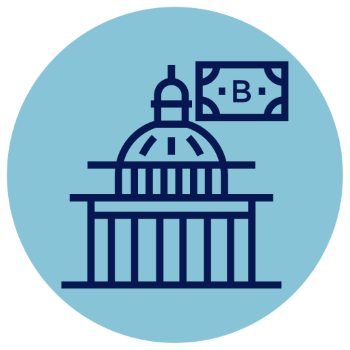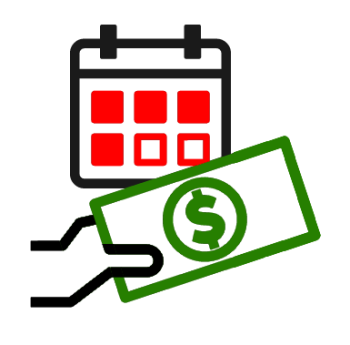Municipal Bonds & COVID-19: What is going on?
Prior to the outbreak of COVID-19 in the US, the municipal (“muni”) bond market was strong. Investors looking for a non-taxable rate of return were hungry for municipal bonds, driving interest rates down for borrowers (state and local governments) and pushing more debt into the marketplace. Most governments have a cap on the amount of non-taxable municipal bonds they can issue, so many had expanded to include taxable bonds (at a higher rate of return for investors and a higher interest rate for borrowing).
Historically, muni bonds have been very low risk. The rate of default on municipal bonds is very low, and investors see muni bonds as a safe haven for return. The rate of return is often quite low, as determined by the safety of investment, but from a portfolio standpoint, they are a safe addition. As of the end of 2019, the muni bond market was incredibly strong; perhaps the strongest it has ever been. Many state and local governments had strong “rainy day funds” or days of cash on hand, making the risk of default even lower and the bond rating even higher.
Then, COVID-19 made its way to the US and changed the marketplace. Muni bonds have historically performed well during economic downturns, as issuers rarely default– specifically those with great bond ratings. COVID-19 changed this perspective within the market. Investors began selling off everything, including municipal bonds, leaving issued debt sitting in the market unclaimed and driving up interest rates for borrowers. The stock market followed suit, dropping rapidly over just a matter of days, pushing many to wonder if the US was headed for another recession. Why did this happen? And most importantly, what is next? Continue reading





